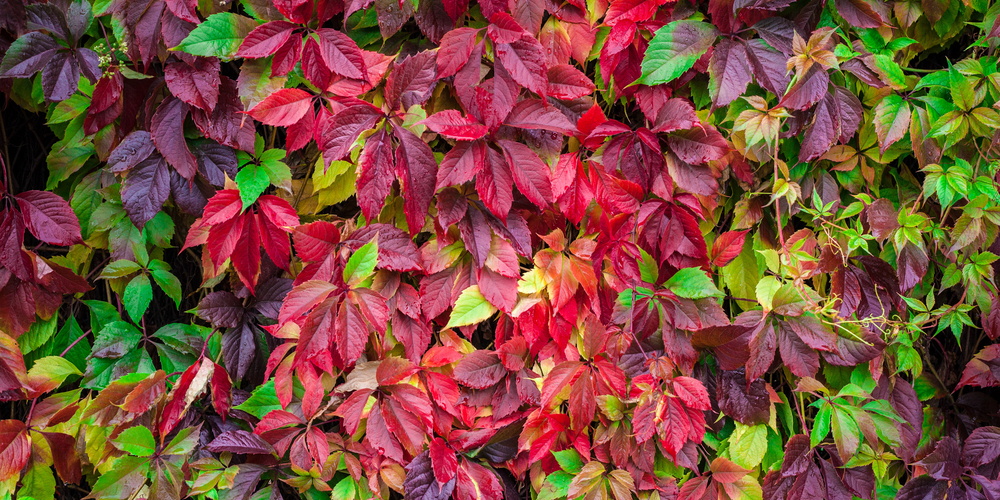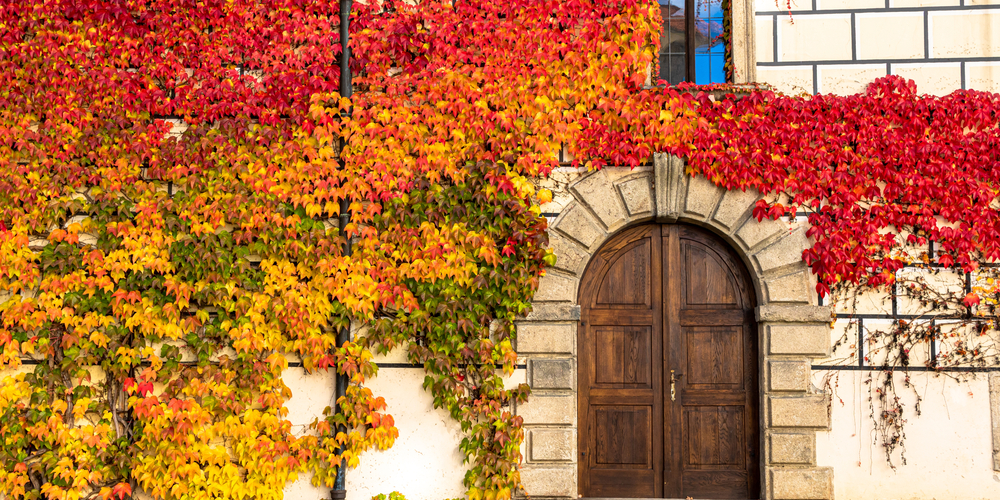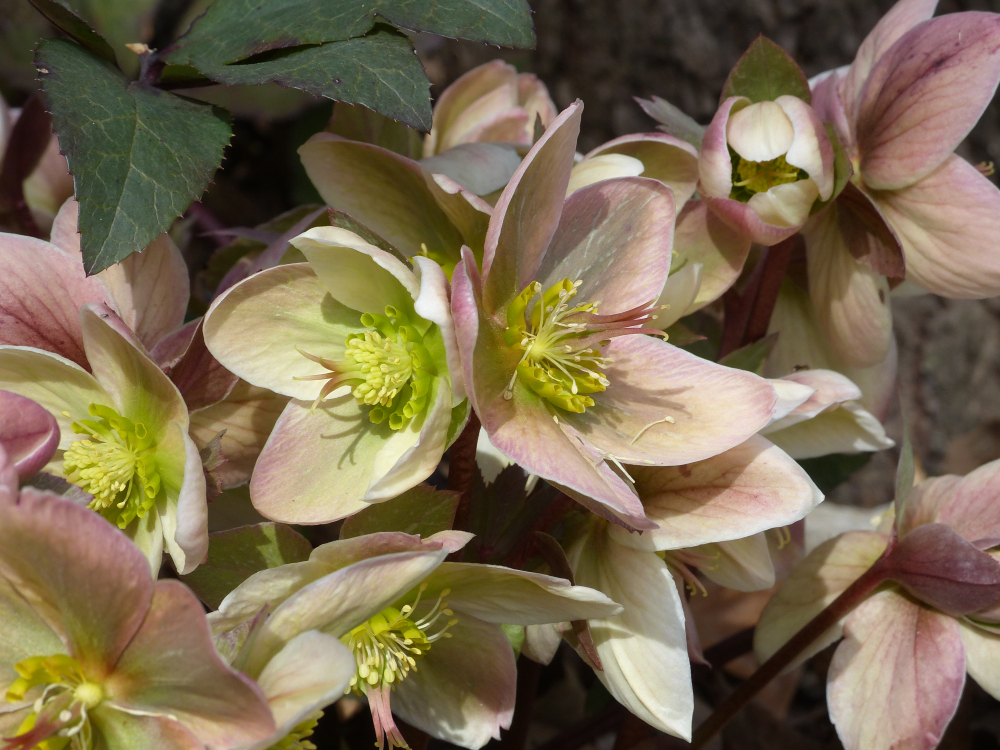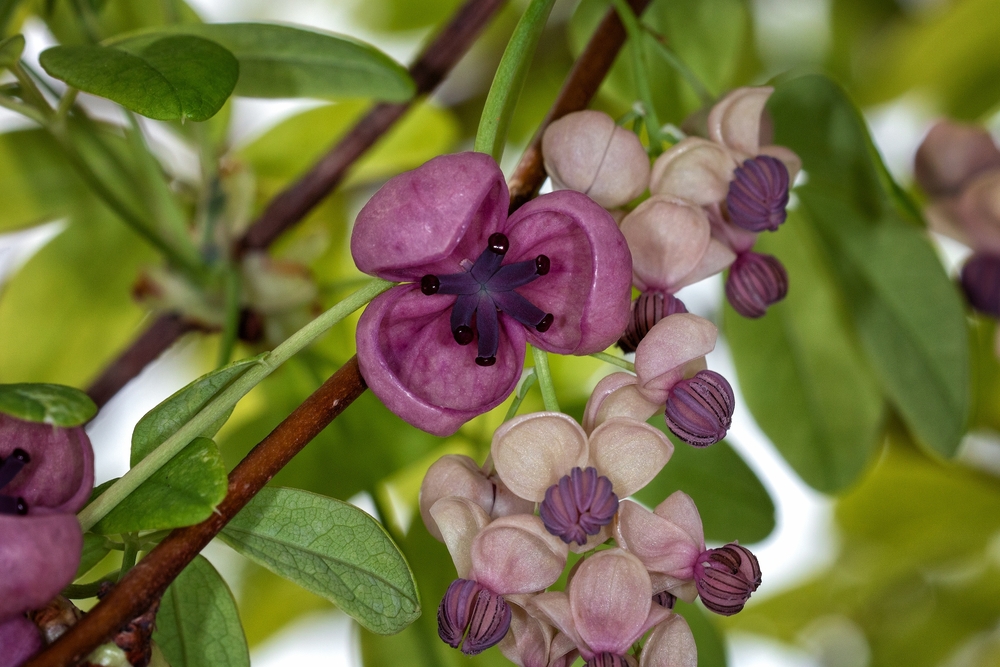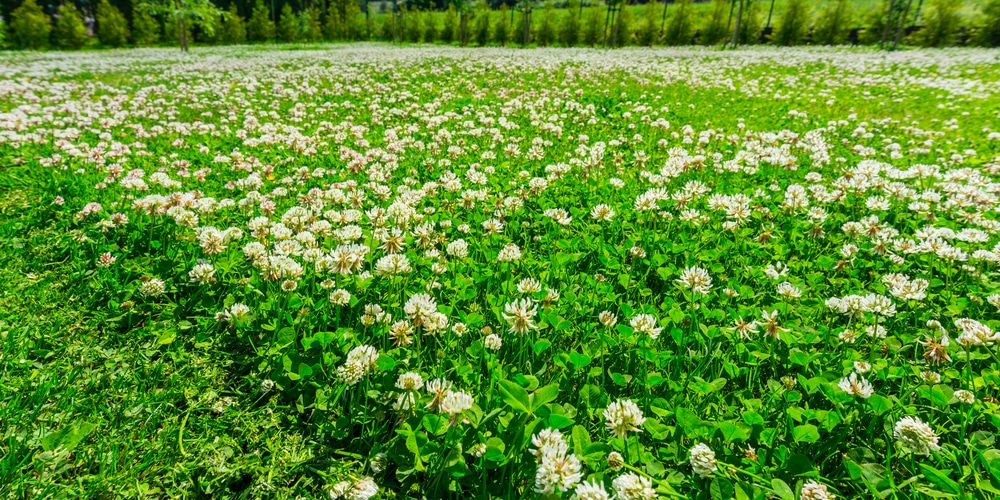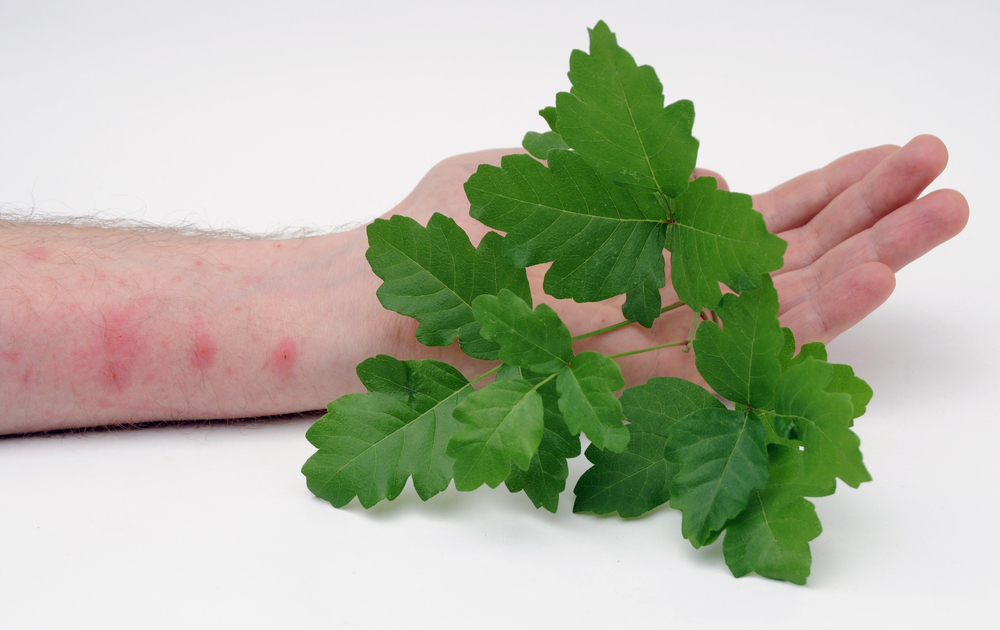There are so many different kinds of plants in nature, so knowing critical differences between them is essential for identification. It is helpful to know your plants if you like to spend a lot of time outside, gardening, or landscaping in some shape or form.
Paying attention to the different features of a plant can help you identify it. For example, one of the most prominent features of a plant that will tell you a lot about it is how many leaves per stem it has.
Top 7 Plants With 5 Leaves per Stem
Many plants have five leaves per stem, but we will look at some of the most commonly confused plants with five leaves per stem. Noticing the different features and details about each one could help you identify it and know which to pick and which to avoid.
The Virginia Creeper
One of the most popular plants with five leaves per stem is the Virginia Creeper. This deciduous plant is native to North America and covers a lot of ground. It is a creeper plant because its long, slender vines wrap around things like telephone poles, railings, and trees. The Virginia creeper is mainly used for decor and looks beautiful when paired with colorful flowers.
Ivory Prince Helleborus
The Ivory Prince Helleborus, also known as the Christmas flower, is a beautiful flowering plant with five leaves per stem. It falls under the category of a perennial shrub and, like the Virginia Creeper, is also used primarily for decorative purposes.
It prefers a warmer climate and thrives in slightly moist soil. The flowers are beautiful and compliment a soft, pastel decor rather well. The seeds are contained inside the flowers and spread across areas as the flowers begin to bloom in late Winter and early Spring.
Five Leaf Akebia
Five Leaf Akebia is a plant that loves the sun. It grows well in a sunny environment with fully drained soil. This plant also flowers in the Spring and is considered primarily ornamental. In some states in the US, however (PA, MD, KT, NJ, VA), it is on the watch list for being invasive. One notable feature of the Five Leaf Akebia is that it has a vanilla scent and purple fruit during its blooming season.
Clover
Of course, the luck of the Irish has made the 4-leaf clover a popular plant, but in most cases, the clover has five leaves per stem. Clovers are small, green plants that usually grow with grass and in seeded locations. Their scent and appearance draw bees and butterflies to your garden, so they could be helpful if you have other plants in that location that need pollination. In some cultures, the clover is known for keeping ill-willed spirits and witches away.
Western Poison Oak
We have all heard the saying, “leaves of three, let them be.” But in the case of the Western Poison Oak, this saying does not hold up well. The Western Poison Oak is a plant with five leaves per stem and contains the poison Urushiol. The poison is colorless and odorless, making it dangerous because you cannot see it. But it will cause an itchy rash if your skin comes in contact with it.
Lavender Flowering Sage
The Lavender Flowering Sage is a beautiful plant that has gorgeous purple flowers. It grows best in North America and blooms from mid-summer until the fall. This plant has the title lavender fragrance and blossoms to about 2-5 feet tall, making it a lovely addition to a field of green. It holds up well in dry weather while bees and hummingbirds pollinate the plant. Some species, such as the Salvia Leucophylla, span about 10 feet wide, making them the perfect choice for covering a large area of land.
The Bombay Plant
Another notable one to consider when looking into plants with five leaves per stem is the Bombay Plant. The Bombay plant is native to South Africa and South India and has five slender and long leaves attached to each plant stem. It falls under a tropical, deciduous tree category and has eye-catching, beautiful scarlet-colored flowers. This plant is used to make cotton and provides food for certain larva species. They bloom from January to March but are used to produce cotton while still just a tiny seed.
Final Thoughts
So, when identifying the many different plants that nature has given us to explore, it is paramount to pay attention to details like how many leaves per stem a plant contains.
Plants with 5 leaves per stem are unique and identifiable if you pay close enough attention. By knowing the difference and researching different plant species, you can ensure you are not picking plants that do not need to be picked and getting rid of the ones that could cause harm.
